17 Signs Your Cat Is Smarter Than You Think
Dogs have been touted as man’s best friend and highly intelligent animals for centuries. In contrast, cats–with their aloof personalities and expressionless demeanors–often get overlooked. But science suggests that cats are actually way smarter than we think. Here are a few signs that your cat is pretty intelligent.
They Master New Tricks with Ease
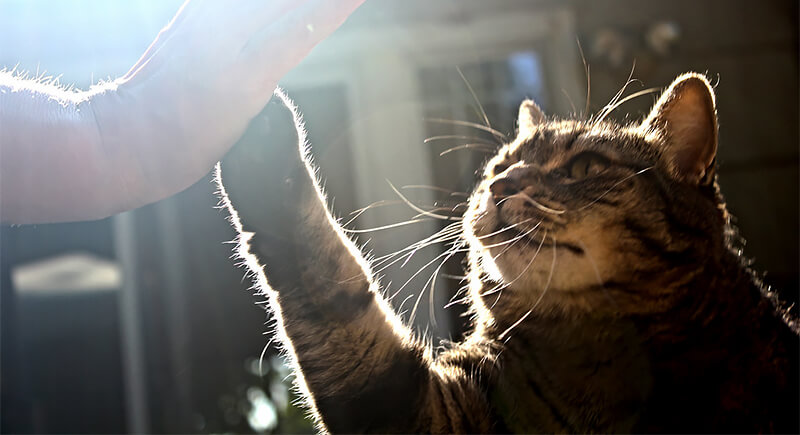
Credit: flickr
While training cats isn’t as common as training dogs, it’s not because they’re incapable—it’s just a matter of motivation. A cat that quickly learns commands like “sit” or “paw” is demonstrating its ability to associate actions with outcomes. They recognize patterns and respond accordingly, which is no small feat for an animal often labeled as independent.
They Know Their Name but Choose When to Respond

Credit: flickr
Cats are fully aware of their names. Studies have confirmed they can distinguish their names from other words and sounds, even in a crowded room. If your cat doesn’t always come when called, it’s likely not a lack of understanding but a calculated decision. They weigh the payoff—food, attention, or curiosity—before taking action.
They Respond to Human Emotions

Credit: freepik
A cat’s ability to pick up on subtle emotional shifts in their owner is a fascinating display of emotional intelligence. Whether you’re sad, stressed, or joyful, they often adjust their behavior in response. You might notice them curling up next to you during a low moment or becoming playful when the atmosphere is light.
They Tackle Challenges with Ingenuity

Credit: Facebook
Put a treat inside a puzzle feeder or behind a closed door, and watch how determinedly your cat works to retrieve it. The truth is that cats actually love a challenge, and they approach it with trial and error, persistence, and a keen memory of what worked in the past. So, if your cat knows how to open cabinets or retrieve objects, it’s good evidence of their resourcefulness.
They Learn by Watching

Credit: freepik
Behavioral mimicry is another fascinating aspect of feline intelligence. Cats study other cats, humans, and even their surroundings. This ability to observe and replicate demonstrates that they’re constantly learning from their environment and adapting those lessons to their own needs.
They Understand Gestures

Credit: freepik
It’s easy to assume that only dogs follow human gestures, but cats can do it too. If you point at an object, your cat may glance in the direction you’re indicating. This shows they’re capable of connecting your non-verbal communication with a specific focus, a skill tied to cognitive reasoning.
They Exhibit Object Permanence

Credit: flickr
Young children learn that objects continue to exist even when out of sight—a concept known as object permanence. Surprisingly, cats understand this too. If you hide their toy under a blanket or behind a couch, they’ll search for it and thus show their understanding of how objects function in space.
They Communicate Effectively

Credit: freepik
Feline communication isn’t limited to meows. Cats tailor their sounds, from chirps to trills, depending on the situation. They may use specific vocal tones to indicate hunger, demand attention, or express frustration. Their body language—purring, tail flicking, or ear positioning—further refine how they communicate with humans and other animals.
They Recognize Your Voice

Credit: freepik
Cats have a unique ability to recognize their owner’s voice among a variety of sounds. If your cat perks up or responds when you speak, it’s because they’ve learned to distinguish your tone and cadence. This is a sign of selective attention and auditory memory.
They Explore Their Environment Thoughtfully
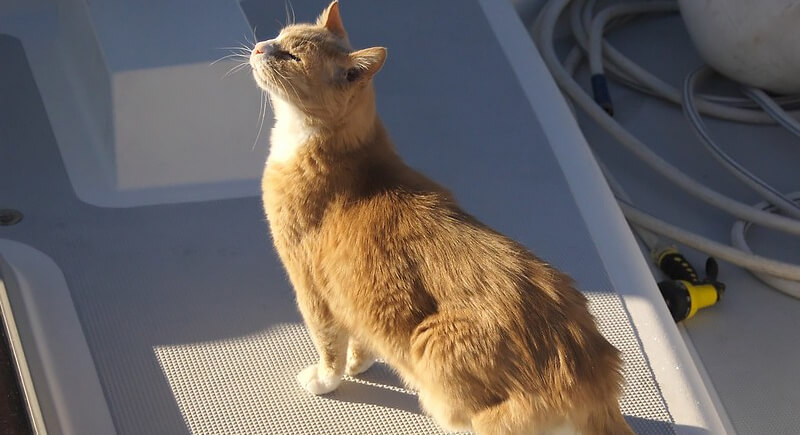
Credit: flickr
Unlike impulsive scavengers, cats are methodical explorers. They investigate new spaces with purpose, sniffing and observing to gather as much information as possible. This behavior is rooted in their survival instincts and allows them to assess threats, resources, and opportunities within their environment.
They Manipulate Objects for Their Benefit
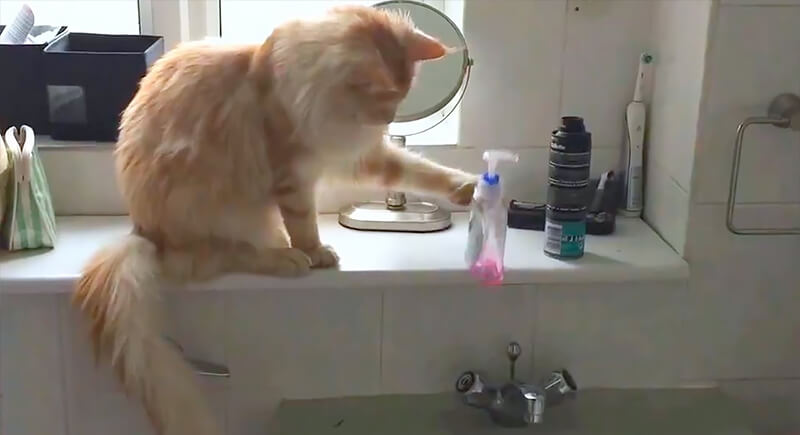
Credit: Youtube
From pawing at door handles to flipping over objects, cats often display a knack for using tools or manipulating their surroundings. If your cat figures out how to move an obstacle or use a piece of furniture to climb higher, it’s not random. They’re leveraging their environment to solve a problem.
They Remember Significant Details
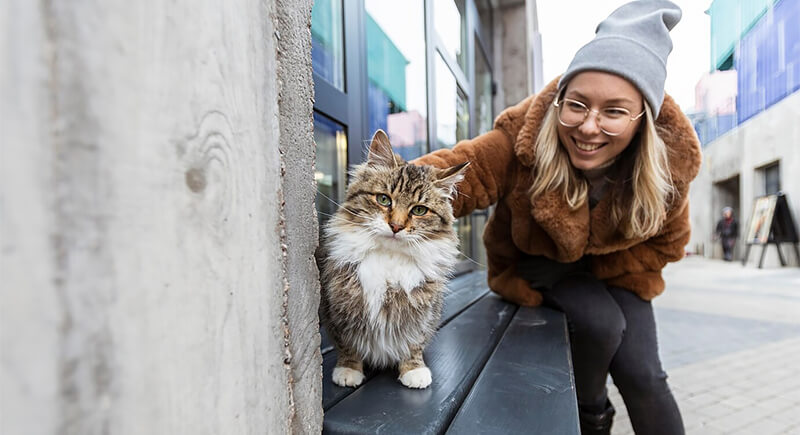
Credit: freepik
Cats possess an impressive memory, both short- and long-term. They recall locations where they’ve found food, people who have treated them kindly, and even routines that benefit them. This memory extends to negative experiences too, which is why they might avoid certain places or people they associate with discomfort.
They Adapt to New Situations Quickly

Credit: freepik
Change can be challenging for any animal, yet cats often adjust quickly to new environments or routines. Within days of moving to a new home, they establish territories, find safe zones, and adapt their behavior to fit the new norm. This shows just how resilient these animals are.
Their Play Mimics Real-Life Scenarios
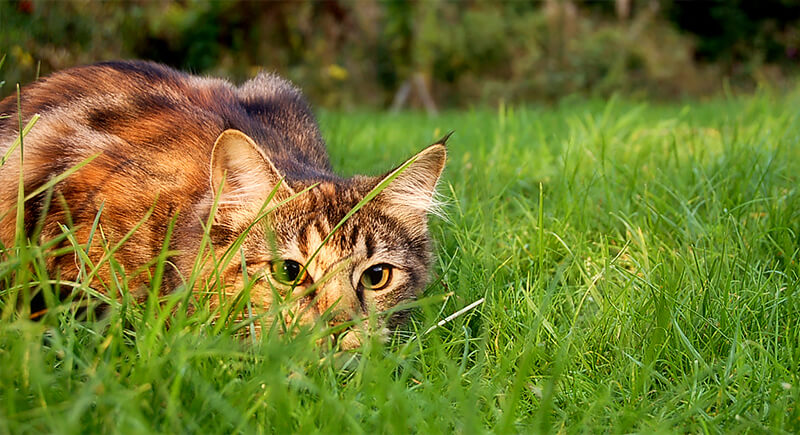
Credit: flickr
When cats play, they’re actually practicing survival skills. Cats engage in behaviors like stalking, pouncing, and chasing because these actions mirror the skills they’d need in the wild to hunt. This instinctual play sharpens their coordination, focus, and decision-making.
They Form Complex Social Bonds

Credit: freepik
Cats may not be pack animals like dogs, but they develop deep social connections. They remember individual humans and animals and adjust their behavior to suit each relationship. For example, they might greet one person with affectionate head rubs while being more reserved with another.
They Remember Past Mistakes

Credit: iStockphoto
Cats might seem impulsive, but their sharp memories prove otherwise. Once they’ve had a bad experience, such as a noisy vacuum or a stressful vet visit, they avoid repeating it. This ability to recall and adapt shows real problem-solving skill, helping them stay safe and learn faster than most owners realize.
They Use Humans as Tools

Credit: iStockphoto
Your cat’s timing isn’t random. When they meow right before you rise or head toward the kitchen, it’s calculated behavior. Cats learn cause and effect quickly, using people as problem-solving tools for food, comfort, or warmth. It’s not manipulation out of mischief, it’s intelligence dressed up as charm.